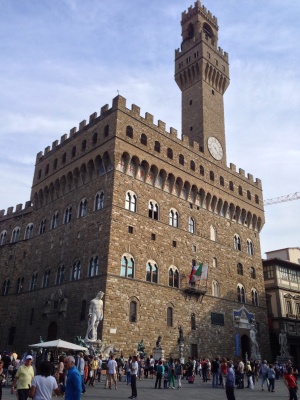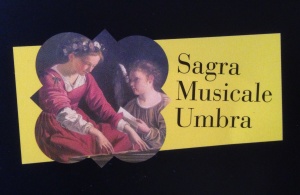
This past Sunday, Castel Rigone (population 406), playing in the Lega Pro Seconda Divisione, defeated Messina (population 242,684), 2-0. Seven years ago, Messina was playing in the top level of Italian soccer (Serie A). Seven years ago, Castel Rigone finished twelfth in the ‘Eccellenza Umbra‘ regional league and barely missed demotion into the seventh level of Italian soccer.
I first learned about Castel Rigone Calcio when I went to a Wednesday practice for one of our boys at Don Bosco. One of their youth squads practices once a week on the artificial turf at Don Bosco, because several players on the team come from Perugia, and it saves those families some driving (there’s no public transport available between Perugia and Castel Rigone). The Don Bosco youth program also works as a feeder system for Castel Rigone.
That’s because the club itself is headquartered in the small hill-town of Castel Rigone, about 650 m. above sea level and 27 km. of wriggly road north of Perugia, just east of Lake Trasimeno. Castel Rigone Calcio is the smallest community in Italy to have a soccer team in the fully-professional ranks of the national system. And the club is only 15 years old, started as a way for a group of friends to have a kick-around. And their code of ethical behavior is more important to them than winning games. In the brutally competitive world of modern soccer, how the heck did this happen?





